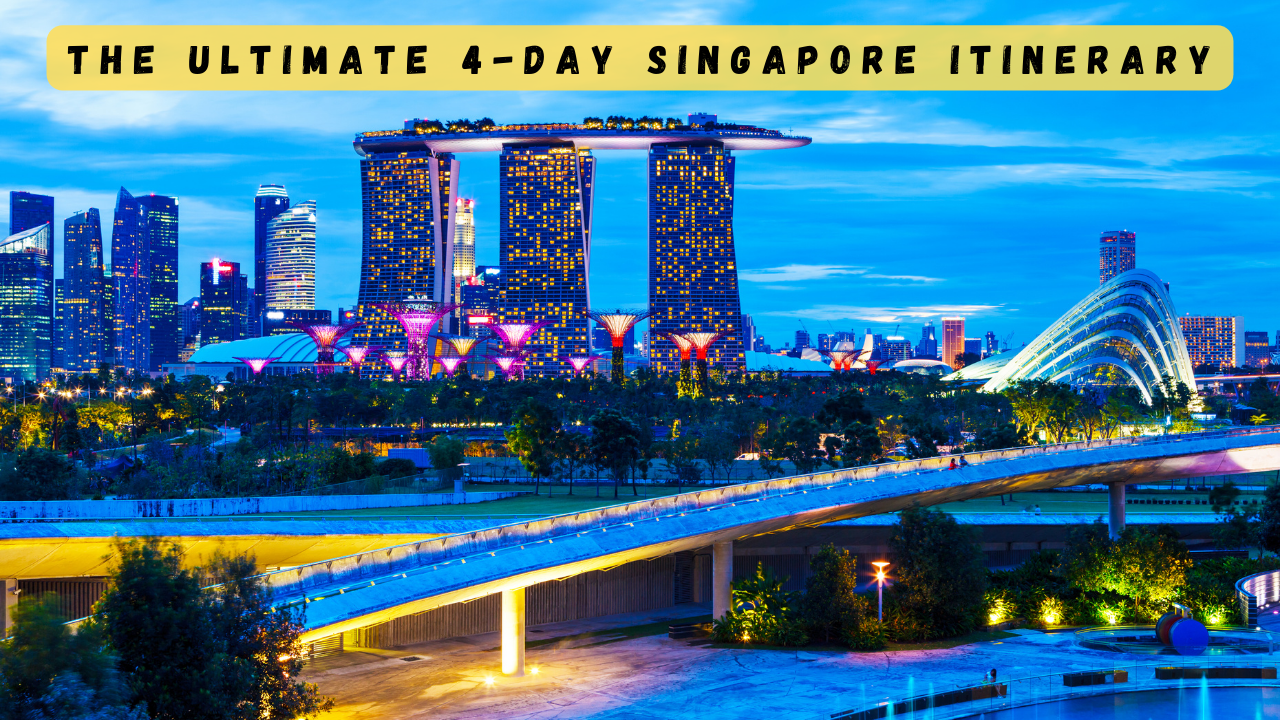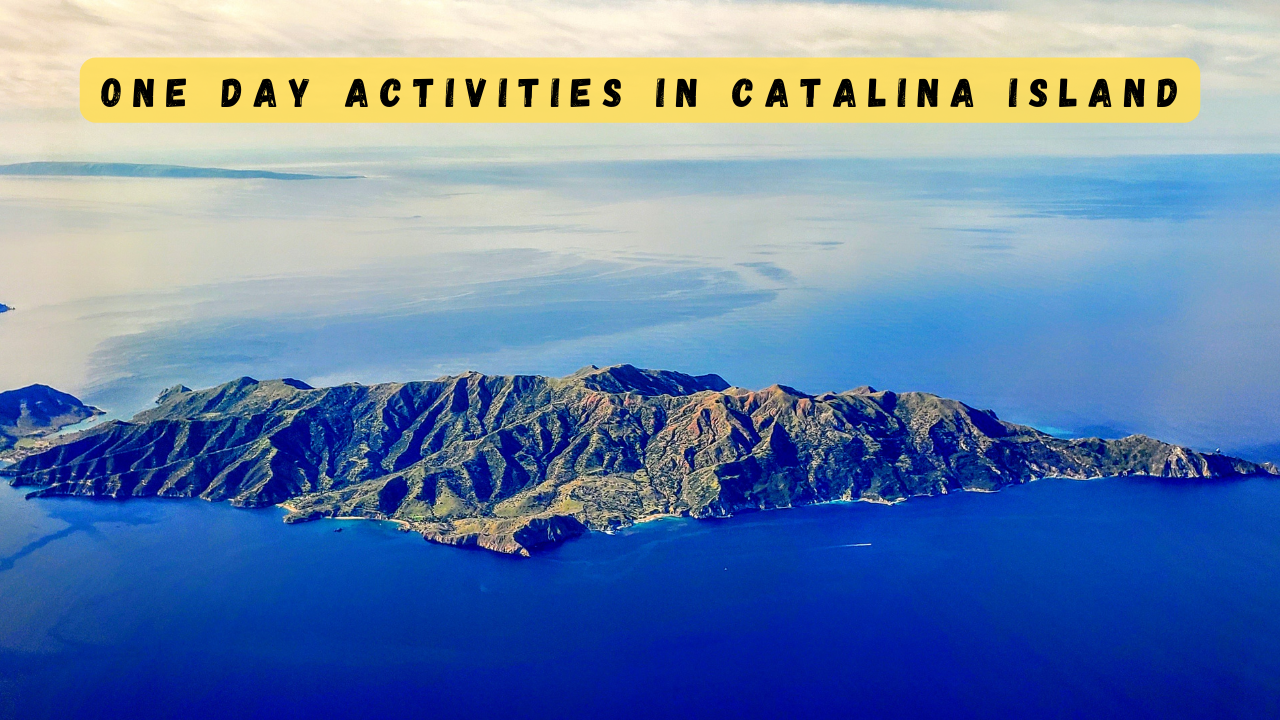Singapore, known as the Lion City, is a bustling city-state in Southeast Asia that combines futuristic architecture with deep-rooted traditions. Strategically located at the crossroads of global trade, Singapore has evolved from a small fishing village into one of the world’s leading financial and cultural hubs. Renowned for its cleanliness, efficiency, and vibrant multicultural heritage, the city is home to iconic attractions like Marina Bay Sands, Gardens by the Bay, and Sentosa Island. With its diverse culinary scene, historical districts, and rich tapestry of Malay, Chinese, Indian, and Western influences, Singapore offers travelers a unique blend of tradition and modernity, making it a must-visit destination.
Day 1: Exploring Singapore’s Colonial Past and Modern Marvels
Raffles Hotel
Begin your journey at the iconic Raffles Hotel, an architectural masterpiece symbolizing Singapore’s colonial heritage. Named after Sir Stamford Raffles, the hotel’s elegant design and historical significance make it a must-see.
St. Andrew’s Cathedral
A short walk away, St. Andrew’s Cathedral showcases neo-Gothic architecture from Singapore’s British colonial era. This serene cathedral offers a peaceful glimpse into the country’s religious history and British influence.
National Kitchen by Violet Oon
Stop for lunch at National Kitchen by Violet Oon, located in the National Gallery. This restaurant offers authentic Peranakan dishes, like Beef Rendang and Laksa, showcasing Singapore’s unique culinary heritage.
The Fullerton Hotel
Originally the General Post Office, The Fullerton Hotel is a neoclassical gem that has witnessed Singapore’s transformation. With its historical roots and grand design, it’s a landmark that reflects Singapore’s modern elegance.
Marina Bay Sands Casino
Experience the opulence of Marina Bay Sands Casino, one of the world’s most iconic casinos. Even if you’re not a gambler, the lavish interiors and panoramic views make it a fascinating stop.
Gardens by the Bay
End your day at Gardens by the Bay, a horticultural marvel with highlights like the Flower Dome (the world’s largest glass greenhouse) and the Cloud Forest, which houses the tallest indoor waterfall. Don’t miss the Garden Rhapsody light show at Supertree Grove – a mesmerizing spectacle of light and sound.
Dinner at Wild Rocket
Finish with dinner at Wild Rocket near Orchard Road, known for its modern twist on traditional Singaporean dishes.
Day 2: Discovering Chinatown and Historic Tanjong Pagar
Sri Mariamman Temple
Start your day in Chinatown at Sri Mariamman Temple, Singapore’s oldest Hindu sanctuary. Its vibrant architecture and spiritual significance reflect the city’s Indian heritage.
Buddha Tooth Relic Temple
Nearby, the Buddha Tooth Relic Temple is a stunning temple that houses a sacred Buddha relic. Its intricate design and tranquil atmosphere make it a must-visit.
Tian Tian Hainanese Chicken Rice
For lunch, try Singapore’s famous Hainanese Chicken Rice at Tian Tian in Maxwell Food Centre. This dish is a Singaporean staple, beloved by locals and travelers alike.
Thian Hock Keng Temple
Next, visit Thian Hock Keng Temple, dedicated to the Goddess of the Sea. This temple’s intricate carvings and historical significance highlight Singapore’s maritime heritage.
Tanjong Pagar Railway Station
Wrap up the day at the historic Tanjong Pagar Railway Station, a symbol of Singapore’s trade connections with Malaysia. Though no longer in operation, the station remains a testament to Singapore’s trading legacy.
Dinner at Yan Ting
End the day with traditional Cantonese cuisine at Yan Ting in St. Regis Singapore, near Tanjong Pagar.
Day 3: Immersing in Malay and Indian Heritage
Sultan Mosque
Begin day three at Sultan Mosque, a key landmark of Singapore’s Muslim community. With its grand golden domes, this mosque represents the city’s Islamic heritage and Malay culture.
Malay Heritage Centre
Learn about Singapore’s Malay community at the Malay Heritage Centre, which offers insights into traditional Malay culture through exhibits and events.
Lunch at Zam Zam
Enjoy a flavorsome Murtabak at Zam Zam near Sultan Mosque, a local favorite for its tasty, filling dishes.
Little India Arcade
Next, explore the Little India Arcade, a lively market brimming with colors, aromas, and sounds. This bustling area captures the vibrancy of Singapore’s Indian community.
Mustafa Centre
Wrap up the day with a visit to Mustafa Centre, a 24-hour shopping haven in Little India. From electronics to groceries, this mall is a one-stop-shop that showcases the diversity of Singapore’s Indian culture.
Dinner at Komala Vilas
For dinner, enjoy authentic Indian cuisine at Komala Vilas, a beloved restaurant in Little India known for its traditional flavors.
Day 4: Sentosa Island’s History and Relaxation
Fort Siloso
Start your final day with a visit to Fort Siloso, Singapore’s only preserved coastal fort. This historical site offers interactive exhibits on Singapore’s wartime past, providing a deeper understanding of the city’s resilience during World War II.
Sentosa Merlion
Don’t miss the Sentosa Merlion, a towering statue symbolizing Singapore’s mythical origins. This larger-than-life statue provides panoramic views from its observation deck.
Lunch at The Knolls
Take a break at The Knolls at Capella Singapore on Sentosa Island, where you can enjoy a variety of Asian dishes with beautiful island views.
Palawan Beach
Relax at Palawan Beach, a serene retreat with a unique bridge leading to the “Southernmost Point of Continental Asia.” This tranquil spot offers relaxation and exploration in one of Singapore’s most scenic locations.
Tiger Sky Tower
End your day with a ride up the Tiger Sky Tower, an observation tower offering panoramic views of Sentosa Island and the surrounding areas.
Dinner at Quayside Fish Bar & Bistro
Conclude your Singapore journey with a seafood feast at Quayside Fish Bar & Bistro, where you can enjoy fresh seafood with stunning waterfront views.
Best Time to Visit Singapore
Singapore has a tropical rainforest climate, so it’s warm and humid year-round, with frequent rain. However, there are ideal times for different types of travelers:
- February to April: This period between winter and summer offers relatively lower humidity and less rainfall, making it ideal for sightseeing and outdoor activities.
- July to September: Visit during this period to enjoy the Great Singapore Sale and Singapore Food Festival. This is a great time for shopping and food enthusiasts, although you may experience occasional rain.
Essential Travel Tips for Singapore
- Free Public Wi-Fi: Access free Wi-Fi at MRT stations, malls, and public spaces by connecting to Wireless@SG.se of adventure, and let Catalina’s magic captivate you!
- Start at Changi Airport: Jewel Changi offers a stunning Rain Vortex – the world’s tallest indoor waterfall – with a mesmerizing light show in the evening. It’s worth allocating time to explore this attraction.
- Use Public Transport: Singapore’s Mass Rapid Transit (MRT) system is quick and convenient. Get an EZ Link card or Singapore Tourist Pass for unlimited travel.
- Pack Light: With Singapore’s warm, humid climate, bring lightweight clothing, and always carry an umbrella or raincoat for sudden showers.
- Respect Local Laws and Customs: Singapore is known for its strict laws. Familiarize yourself with regulations like the chewing gum ban and anti-littering rules. Dress modestly when visiting religious sites.
Don’t forget to subscribe to WorldInDays for more itineraries and travel tips!

